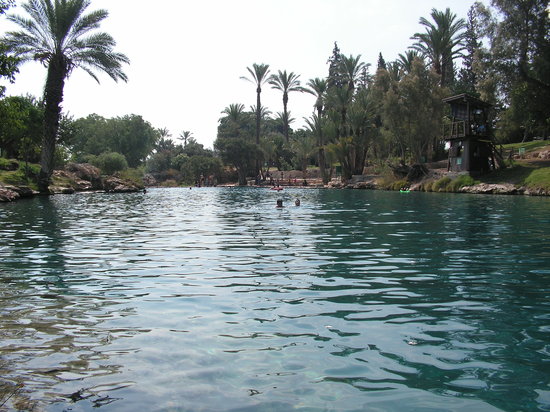 I recently read The Weapon Wizards: How Israel Became a High-Tech Military Superpower by Yaakov Katz and Amir Bohbot.
I suppose that my timing was particularly appropriate given that I had a
daughter completing her military service and a son just beginning.
Might as well read a reasonably optimistic assessment of the Israeli
Defence Forces and some of its key technological accomplishments.
I recently read The Weapon Wizards: How Israel Became a High-Tech Military Superpower by Yaakov Katz and Amir Bohbot.
I suppose that my timing was particularly appropriate given that I had a
daughter completing her military service and a son just beginning.
Might as well read a reasonably optimistic assessment of the Israeli
Defence Forces and some of its key technological accomplishments.I am not generally an avid reader of military histories. But I would not really put this book in that category. While I was concerned that the book might be on the dry side, it certainly was not. Rather than a military history, per se, the book looks at some key areas in which Israel has developed leading edge technology. It examines some of the leading Israeli figures who have had the vision to push forward major technological initiatives and it provides stories about how those leaders brought forward some ideas from the realm of the "impossible" to reality.
The Weapon Wizards is not a straight linear history. It traces different developments - of the Israeli Air Force, the development of a drone program, the nuclear program, the satellite program, the missile defence systems and cyber warfare to name a few. It provides surprisingly detailed accounts of some key successes of these different programs and it also emphasizes how some of these programs were started on shoe-string budgets.
I say "surprisingly" because I was often left wondering if all of this information was really declassified at this time and whether it could or should be circulated in this fashion. There are accounts of how Israel used cyber attacks to wreak havoc on the Iranian centrifuge system; what transpired when Israel sold high-end drones to the Republic of Georgia; how Israel managed to get a deal for nuclear material in the first place; and many other stories. Some of them are told anecdotally in a style that is interesting and, at times, even gripping. Knowing that the authors are both Israeli residents and journalists, I assumed that the information provided had been carefully vetted, though that may not be obvious to the reader.
A central theme is the urgent Israeli need to ensure a qualitative technological advantage over its numerous neighbourhood adversaries and how Israel has managed to do that with a limited budget and a variety of extremely challenging obstacles, including international political realities, limited availability of personnel and diplomatic minefields.. Among a number of personalities that it examines, the book highlights the incredible accomplishments and vision of Shimon Peres who played a key role in ensuring the development of the Israeli nuclear program, the air force and even many of the later technological achievements. Here is a brief excerpt on Peres:
"If there was one Israeli who had seen it all, it was Peres. He was at Ben-Gurion's side throughout the War of Independence and was later the fledgling state's key arms buyer. It was Peres who persuaded Al Schwimmer to move to Israel and establish Israel Aerospace Industries, and it was again Peres who crafted Israel's strategic relationship with France, which culminated in the founding of the country's highly secretive nuclear program....In government, he served in almost every ministry-transportation, defense, finance and foreign...."
Is is Peres who serves, for this book, as the type of personality that has led to these incredible technological advances. Chutzpadik, visionary, persistent and committed. These are the qualities that the authors have found in many architects of Israel's technological successes.
The Weapon Wizards also addresses the manner in which Israel has used the global arms trade to push for improved diplomatic relationships with a wide range of countries. One might feel jaded about Israel's role in the global arms trade, which the authors implicitly suggest is an "ends justifies the means" approach to financing Israel's own military needs. The book does not shy away from covering some questionable sales escapades that have led to internationally embarrassing incidents.
Overall, the tone of the book is optimistic. While there is a recognition that Israel will continue to face and address a range of military challenges, some of which may impact Israel quite severely in future battles, the authors exude a confidence that Israeli ingenuity will enable Israel to face these existential challenges successfully. Many readers will probably arrive at a similar conclusion after reading about some of the incredible successes that have been achieved to date and that are chronicled in this book..









